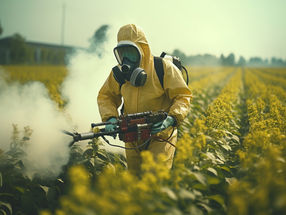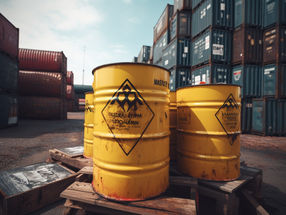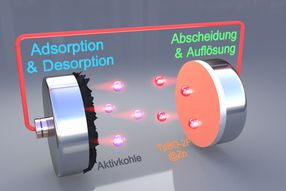ECHA is prioritising CMR substances for risk management
ECHA's new CMR report shows that companies are adhering well to the harmonised classification of substances which have carcinogenic, mutagenic or reprotoxic properties (CMRs). The report furthermore identifies over a thousand CMR substances that potentially merit further regulatory action such as harmonised classification and, where relevant, identification as Substance of Very High Concern. ECHA, together with Member State competent authorities is now prioritising such substances for appropriate risk management actions.
There are currently about 1400 individual substances and 23 groups of substances with a harmonised CMR classification. They are listed in Annex VI of the Classification, Labelling and Packaging (CLP) Regulation. ECHA checked the notifications to the C&L Inventory against the harmonised classification and found that about 97 percent adhered to the regulation. The situation was even better for notifications derived from REACH registration dossiers.
ECHA will now refer 12 registrations for individual substances on Annex VI to the national enforcement authorities for follow-up as they are not in line with the requirements of the CLP Regulation. A further 49 registrations for the group entry for lead compounds were also found to not adhere to the regulation. In the follow up of these, the first step is to clarify the exact nature of the compounds. The Agency is therefore contacting the registrants directly to ask them to clarify their classifications. ECHA urges all companies to check and update their notifications if needed.
As part of this study, ECHA also screened its databases to identify substances on the EU market with CMR properties which do not currently have a harmonised CMR classification. The analysis identified 5675 substances classified as CMR substances by at least one notifier or registrant, of which 1169 have been registered under REACH. These substances will now be prioritised to help Member State competent authorities conclude on appropriate risk management measures such as harmonised classification and, where relevant, identification as Substance of Very High Concern. This report demonstrates the added value of the REACH and CLP databases for improving the safe use of chemicals.
Other news from the department politics & laws

Get the chemical industry in your inbox
From now on, don't miss a thing: Our newsletter for the chemical industry, analytics, lab technology and process engineering brings you up to date every Tuesday and Thursday. The latest industry news, product highlights and innovations - compact and easy to understand in your inbox. Researched by us so you don't have to.



























































